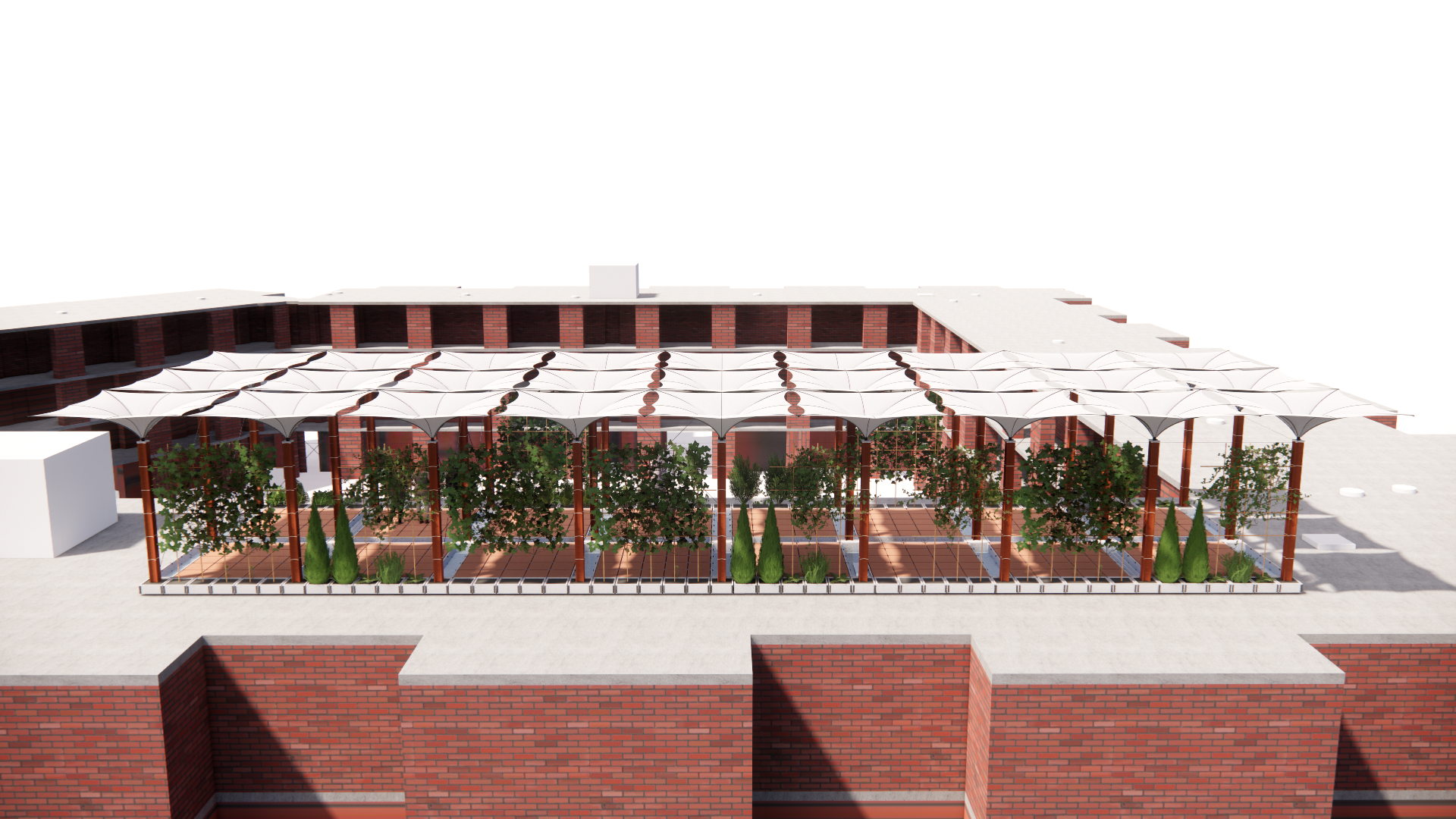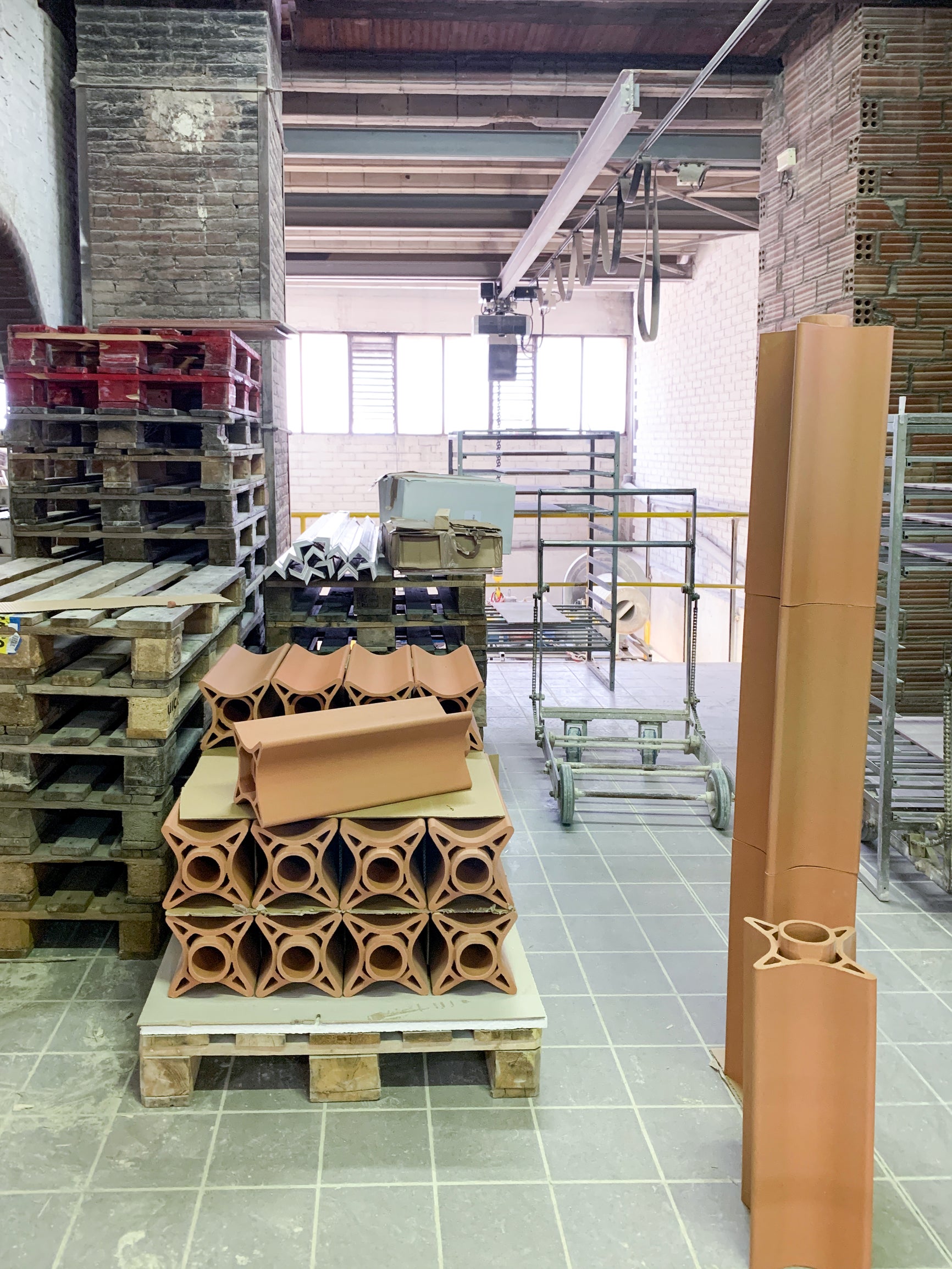
Qilin Li, professor of Civil and Environmental Engineering and member of the Nanosystems Engineering Research Center for Nanotechnology Enabled Water Treatment (NEWT), is shifting the paradigm of traditional water treatment. Tackling a process with a historically large environmental footprint, Li and her lab have a multi-tiered approach. Their research focuses on leveraging overlooked water sources like wastewater and saline water, decentralizing water treatment to cycle water locally back into communities and industries that produce it, and adjusting standards of treatment for water depending on where it will be used. Flushing your toilet, for example, might not require the same purity as drinking water. All of these efforts minimize energy consumption and lean on renewable solar energy.
In Rice’s new Engineering and Science Building, Li will have even more opportunities to put her rigorous research into practice to bring more sustainable solutions to industry partners. “We have put a significant effort into developing novel ways of utilizing sunlight to drive water treatment, and the new building allows us to access outdoor research space,” Li explains. “I have been collaborating with Dr. Juan José Castellón and the school of architecture to build these water and wastewater treatment processes into architectural structures, and the outdoor research space will allow us to integrate our research system into the building design.”
One key example of this integration is a novel rooftop terrace structure conceived by Castellón and his team. Designed to act as a shady, recreational gathering space, the structure will also collect storm water to be used for irrigation. The rooftop surface itself will have purification capability, and porous ceramic columns will further clean the water. With different water harvesting and treatment elements, and water storage capabilities for multi-functional use, including aesthetic appeal, the structure is a testament to years of research in sustainable design.
Most importantly, the structure is a testbed for multi-faceted research and collaboration. “We want students to work on challenges and new functions for the structure to give them hands on experience gathering data and working together across disciplines.” Li continues, “For example, environmental engineering students may place monitoring devices to test for water quality, materials science students may be interested in the nanomaterials used in the purification surface, and biology students may be interested in how the water quality impacts plant growth.”
Li envisions the structure as a long-term research and education project — one that will attract students to Rice, welcome and educate Houston community members, and inspire new innovations through activities like capstone design classes and annual design competitions. Providing boundless opportunities to bring lab research into real world conditions, this dynamic space will allow Rice students and faculty to take big steps toward a future of sustainable water.
To learn more about supporting NEWT or Rice’s new Engineering and Science Building, contact your development officer or Sara L. Rice, senior director of development, at 713-348-3189 or sdl@rice.edu.



